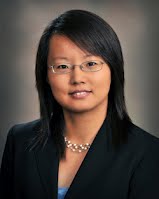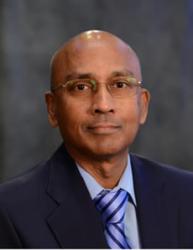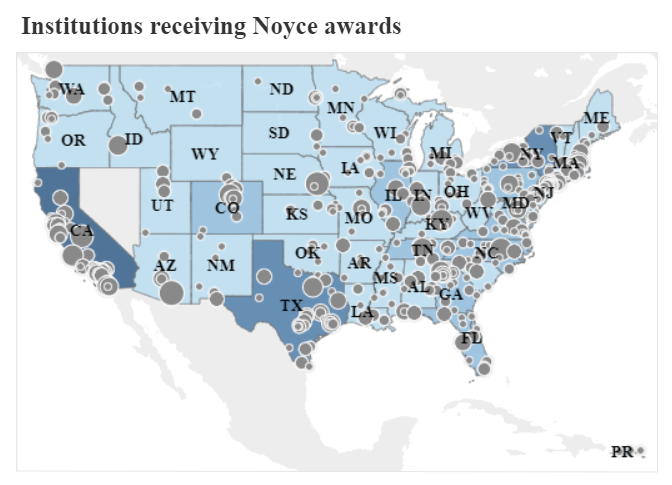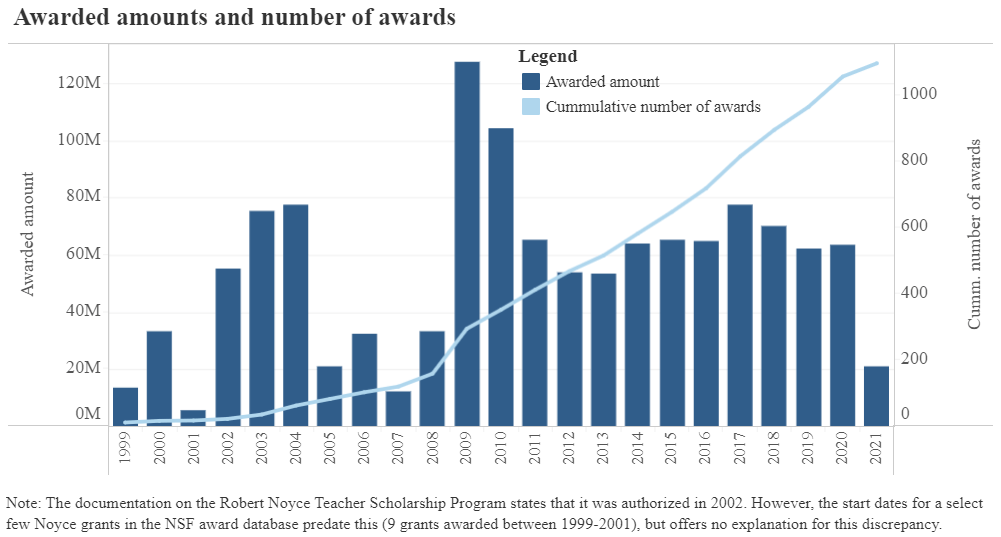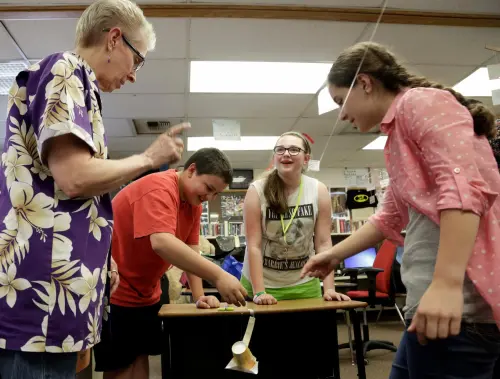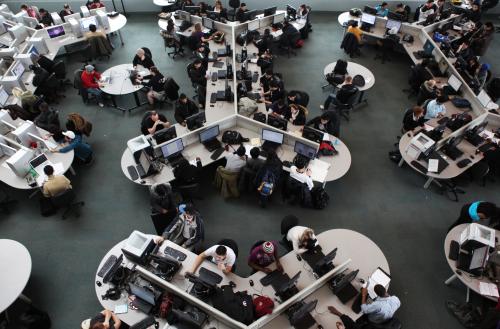The nation’s economic growth, international competitiveness, and national security in the 21st century relies heavily on occupations and industries in science, technology, engineering, and math, otherwise known as STEM fields. The U.S., once a leader in student achievement in STEM subjects, has experienced a relative decline over several decades, prompting various expert bodies to issue warnings about impending catastrophe on our current path. Thus, increasing the competency of public school students in STEM subjects has become an urgent—if often overshadowed—objective for policymakers.
Critical to STEM instruction is a robust supply of quality teachers. The Robert Noyce Teacher Scholarship Program (Noyce program) is an effort of the National Science Foundation (NSF) that aims to develop a STEM teacher pipeline in high-need settings. In this post, we examine the teacher workforce in STEM subjects and how the Noyce program operates to produce more STEM teachers nationwide.
The importance of STEM teachers and why we need more of them
Ensuring a robust flow of high-quality teachers into K-12 classrooms across the country is a key input in improving student achievement in STEM subjects. After all, teachers are the most influential schooling input into student learning. But for a number of reasons, such as high outside opportunity costs, the STEM teacher workforce has been riddled with staffing problems—including excessive turnover and low levels of teacher qualifications—that make this subject specialty particularly worthy of policy attention. In fact, reports about national teacher shortages are, primarily, STEM teacher shortages, as this specialty—along with special education—account for the lion’s share of hard-to-staff vacancies nationwide.
We are particularly concerned about the health of the STEM teacher workforce in schools serving high-need student populations, and with good reason. Virtually all staffing problems are exacerbated in high-need settings, which means the STEM teacher workforce is especially vulnerable here.
A weak STEM workforce in disadvantaged settings has policy-relevant consequences. First, it implies lower-quality STEM instruction among disadvantaged students, implicitly providing fewer opportunities for these students by blocking access to high-paying, high-demand jobs of the future. And second, it undermines efforts to diversify STEM fields, which have a long history of low participation among historically underrepresented populations, including African Americans, Hispanics, Native Americans, women and girls, and persons from economically disadvantaged backgrounds. Ensuring universal access to high-quality STEM teachers, therefore, is expected to improve the inclusion of both STEM fields and society at large.
The NSF’s Robert Noyce Teacher Scholarship Program
First authorized in 2002, the NSF’s Robert Noyce Teacher Scholarship Program attempts to bridge the access gap to high-quality STEM teachers in disadvantaged settings. Named after the inventor of the integrated circuit and “the mayor of Silicon Valley,” the program institutionalizes Noyce’s desire to ensure that all young people, particularly those from impoverished backgrounds, had a real opportunity to flourish in the high-tech age that his inventions helped usher in. In the nearly two decades since its inception, the Noyce program has awarded more than $1.2 billion through more than 1,000 grants to teacher-training institutions, scholarship recipients, and researchers in 49 of 50 states, D.C., Puerto Rico, and the U.S. Virgin Islands to strengthen the STEM teaching workforce.
Below is a word cloud that summarizes the Noyce program’s aims and scope through the projects funded under this NSF program. This figure highlights the most common words and phrases included in the proposal abstract text of the grants awarded through the Noyce program. With the most frequent ideas presented in the largest fonts, it is immediately evident that STEM teacher preparation and support in high-need areas is a central aim to these grants. (Terms in bold here and throughout the post are notable examples from the word cloud.) We offer a few additional layers of insight from this illustration below, and supplement the discussion with observations based on summary data detailed on the interactive Robert Noyce Grant Awards Dashboard, created as a part of a collaborative research project between The Brookings Institution, Florida Atlantic University, and Texas State University.
First, science and mathematics are by far the most common areas of specialization among the teacher-training institutions receiving Noyce funding (hereafter called Noyce institutions) since math and science align with core academic subjects taught in all K-12 schools. Among science disciplines, biology and chemistry are the most common specialties, followed by physics and geosciences. A minority of Noyce institutions offer programs focusing on computer science or engineering, the “T” and “E” parts of STEM that are often overlooked in K-12 settings.
The word cloud also highlights some of the unique features of the Noyce program. First, due to their focus on preparing teachers for careers in high-need school districts, Noyce programs are typically housed in universities situated near high-need student populations where district partnerships are easy to manage. In addition, Noyce institutions develop partnerships across different departments or colleges to include faculty from both sciences and education to promote strong content knowledge, and to provide appropriate pre-service mentoring and induction support once in the field.
The scholarship part of the Noyce program warrants some explanation. Individual students in Noyce institutions can apply for the Noyce scholarship, which provides financial support to STEM majors while completing their coursework on the condition that they teach in high-need school districts upon graduation with a teaching certificate. Typically, two years of work are required for each year of financial support given during training.
The Noyce program offers funding through dedicated tracks, to which teacher-preparation programs apply depending on the type of students they intend to reach. Track one focuses on developing new STEM teachers (referred to as Noyce teachers or scholars) by providing scholarship support (at least $10,000 annually) to undergraduate students in STEM fields to help them earn their teaching certificate. Track two supports professionals in STEM fields interested in pursuing a master’s degree en route to the classroom, providing similar levels of scholarship support; they are designated as Teaching Fellows. Track three scholarship funds are awarded to Master Teaching Fellows, which is intended to develop experienced K-12 STEM teachers into leaders in their fields through further training and support. In practice, the overwhelming majority of Noyce programs focus on undergraduate students in track one, while the training of STEM professionals for the classroom or developing Master Teaching Fellows are available in only a minority of programs.
Finally, we should note that while the Noyce program itself is agnostic about which grades to prepare teachers for, most programs explicitly specialize in either high school grades and/or middle school grades. Few appear to focus on teachers intended for elementary grades, a possible limitation to the program’s reach. Interested readers can interactively explore the data on Noyce institutions themselves in the Robert Noyce Grant Awards Dashboard.
Evaluations of Noyce program offer hints of efficacy
Though we didn’t mention it earlier, there is a track four of the Noyce program that allocates money intended to support research evaluations of the Noyce program itself and its impact on the STEM teacher workforce. The evidence base for the program is still nascent; currently, this work mostly focuses on individual program success or has limited sample size, meaning there are many areas where more research is needed. Still, there are a couple important lessons that have been learned to date.
First, based on a study of STEM teachers at two California State University campuses, those coming through the Noyce program show higher levels of retention in teaching compared to non-Noyce teachers. This result is particularly notable given the high-need context that Noyce teachers are required to teach in for the first few years of their careers. (Many non-Noyce teachers also share this context, though not exclusively.)
And second, an important question is exactly how the Noyce program may shift the supply of STEM teachers. Based on survey responses among recent graduates of Noyce programs, Liou and Lawrenz conclude that the scholarship appears to be more influential on where novice teachers are employed (namely, in high-need settings) and is less influential on attracting genuinely new individuals into teaching.
Many questions about the efficacy of the Robert Noyce Teacher Scholarship Program remain, and this is where our new project comes in. We recently received an NSF grant through track four of the Noyce program and will be evaluating the health of the national STEM teacher workforce and whether the Noyce program has been successful in improving staffing in STEM areas, among other research questions. We have only recently begun work on this four-year project, but we will disseminate updates as we have important lessons to share.
The authors thank Nicolas Zerbino and Anna Streichhardt for their assistance on this post and the accompanying data dashboard.
This material is based upon work supported by the National Science Foundation under Grant No. 1950292, 1950284, 1950013. Any opinions, findings, and conclusions or recommendations expressed in this material are those of the author(s) and do not necessarily reflect the views of the National Science Foundation.
The Brookings Institution is committed to quality, independence, and impact.
We are supported by a diverse array of funders. In line with our values and policies, each Brookings publication represents the sole views of its author(s).
